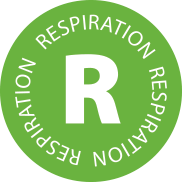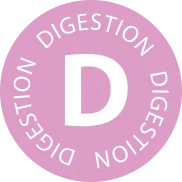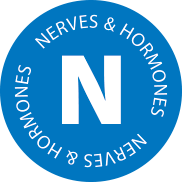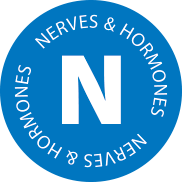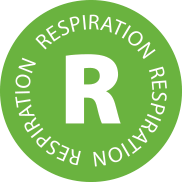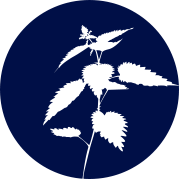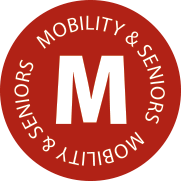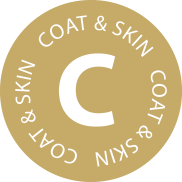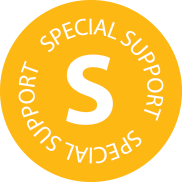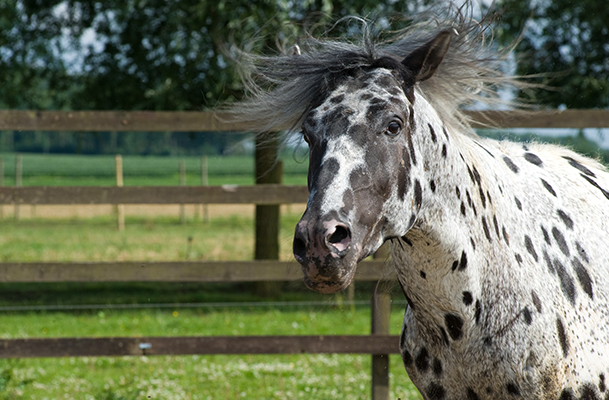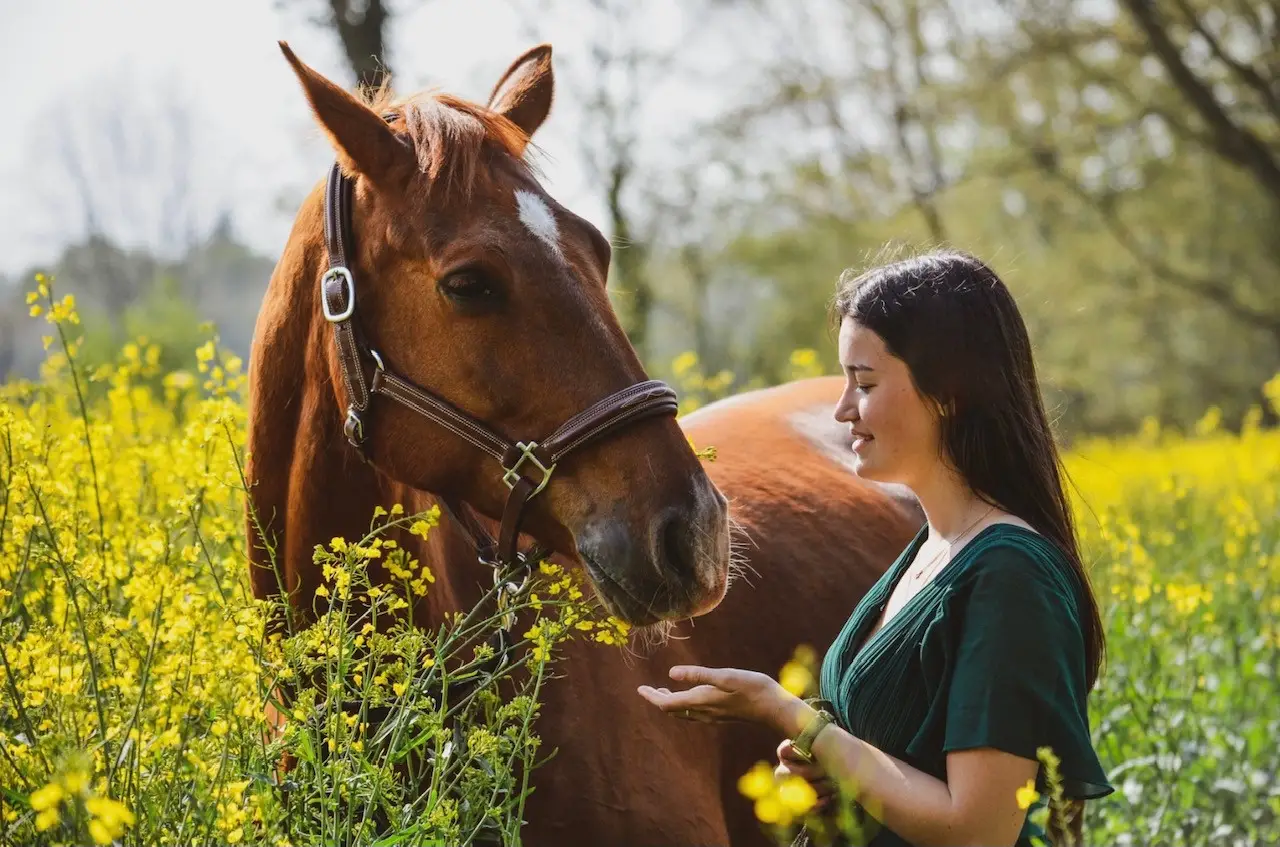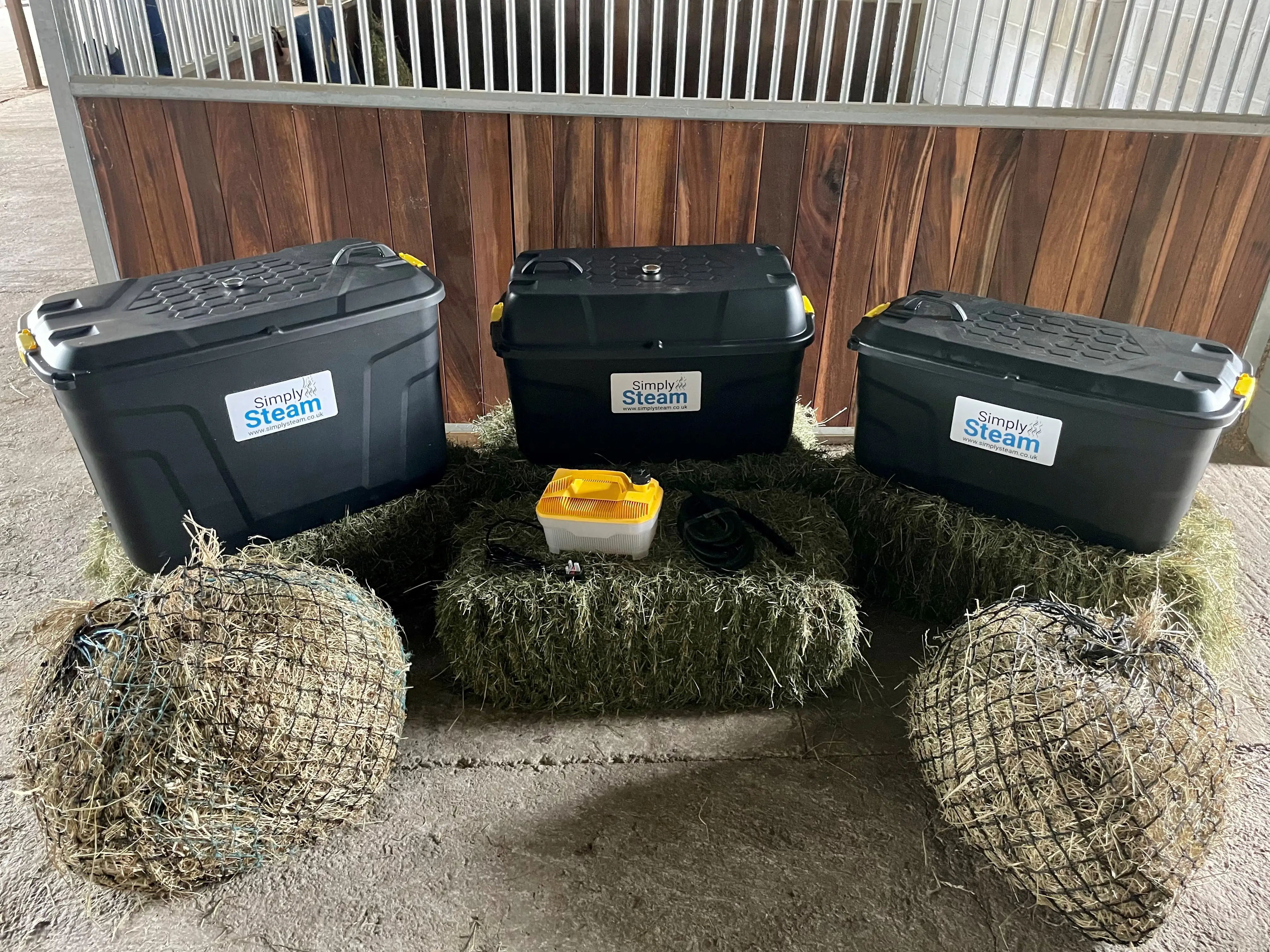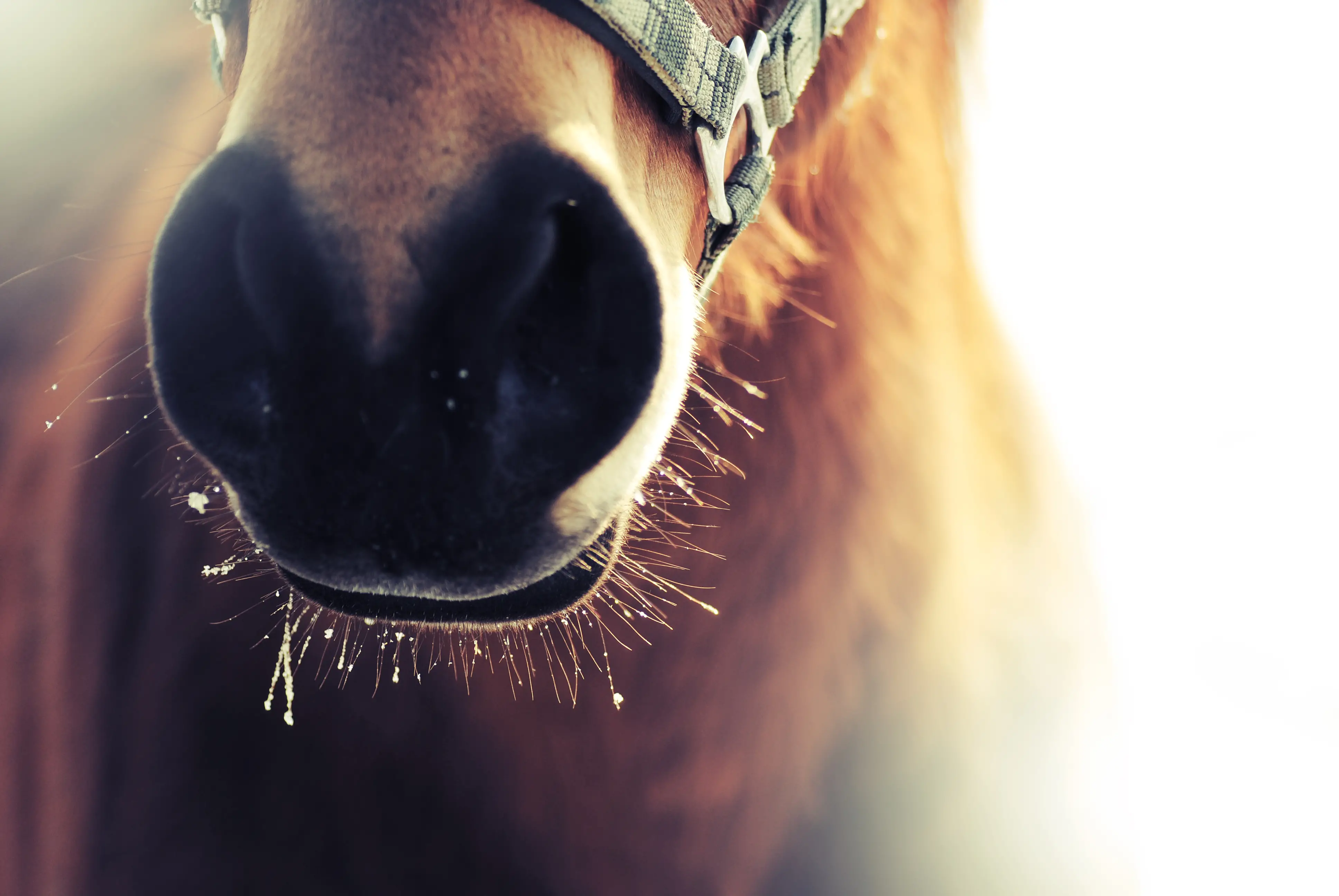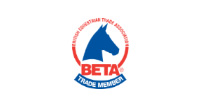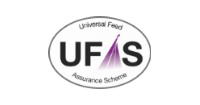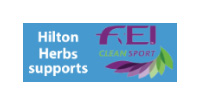16 June
Help: my horse is headshaking!
 Lauren Kick
Lauren Kick
Lauren Kick
Lauren Kick
What is it headshaking?
Headshaking is characterised by a sharp, usually vertical movement of the head which is usually described as a rapid downward jerk of the nose followed by an upwards fling of the nose. Although rotatory or horizontal headshaking is occasionally seen. Affected horses may also experience nasal irritation leading to rubbing of the face and self-trauma.
What causes headshaking?
Headshaking is generally thought to occur due to some form of irritation similar to hay fever. This can be due to plant pollens / dust (allergic rhinitis), flies or even certain weather conditions i.e. sunlight (photic headshaking), which causes irritation to the sensitive mucous membranes that line the nasal passages. Some cases are seasonal and some horses only headshake when ridden, often made worse on hot, bright sunny days. As knowledge of this condition has developed, it is likely horses who headshake suffer from what is termed Trigeminal Neuralgia. The trigeminal nerve is one of the cranial (head) nerves and has three divisions (rather like the branches of a tree) containing both motor (movement) and sensory (feeling) responses. The three divisions are: Ophthalmic (the area of the temples, eyes, and nose), Maxillary (the mouth and lower cheeks) and Mandibular (the jaw). If any of these three divisions become inflamed, the horse may experience an uncomfortable sensation, hypersensitivity or even pain which can affect either one or both sides of the face. This commonly leads to headshaking, nose twitching or facing rubbing in an attempt to get rid of the sensation.
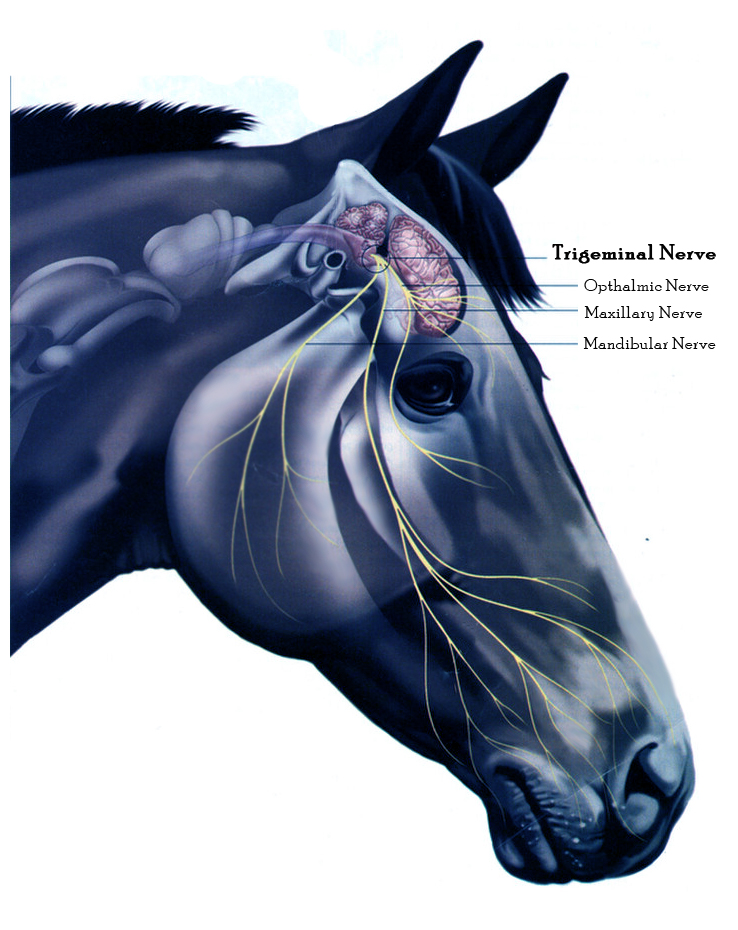
How can I distinguish headshaking from other conditions?
The following symptoms can be signs that your horse is a headshaker:
- Excessive face rubbing, usually at the point where the pain or numbness is perceived, often leads to open wounds and sores.
- High or low head carriage.
- Up/down involuntary movement of the head – the degree of which will vary between affected horses.
- Snorting (sometimes coupled with nasal discharge) or nostril clamping – both of which indicate the trigger is inside the nose.
- Distracted behaviours such as stopping, loss of stride, or striking out at the face during exercise.
How is headshaking diagnosed?
Before you jump to the conclusion that your head shaker has trigeminal neuropathy, work with your veterinarian to rule out other medical or environmental reasons for the behaviour. Unfortunately, headshaking can’t be cured, but often it can be managed by identifying the trigger factor. Observing the horse’s behaviour, both in the stable and when ridden, is important. This will allow problems with the tack or behaviour to be evaluated and excluded. It is often useful to observe the horse being ridden on different days and in different environmental conditions to enable potential trigger factors to be identified. In addition, appropriate diagnostic tests should include:
- Imaging of the horse’s head. Radiographs (x-ray), computed tomography (CT) or MRI of the head, can all be useful.
- Endoscopy of the upper respiratory tract including the guttural pouches.
- Ophthalmic examination
- Aural examination
- Dental examination
If the classic clinical signs are present and these diagnostic tests are within normal limits, a diagnosis of idiopathic headshaking is often made.
What can I do to help my horse that is headshaking?
- Vet: As mentioned above you should speak with you vet and have them check your horse to rule out anything else.
- Masks & Nets: Nose nets are readily available and have been shown to improve the clinical signs in 25% cases. Full-face masks or fly masks can be used to protect from UV light may also help.
- Medication: Veterinarians have prescribed a number of drugs in an attempt to control the nerve pain associated with headshaking, with mixed results.
- Surgery
- Supplements
Our Product Suggestion:
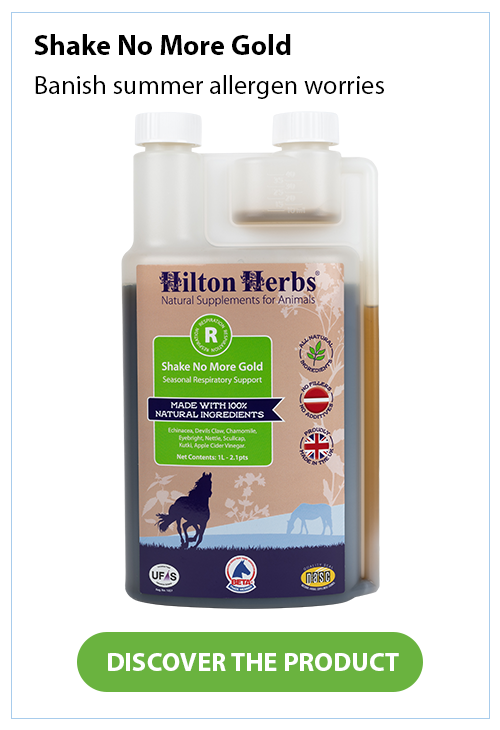
 About Lauren Kick
Lauren Kick
About Lauren Kick
Lauren Kick



